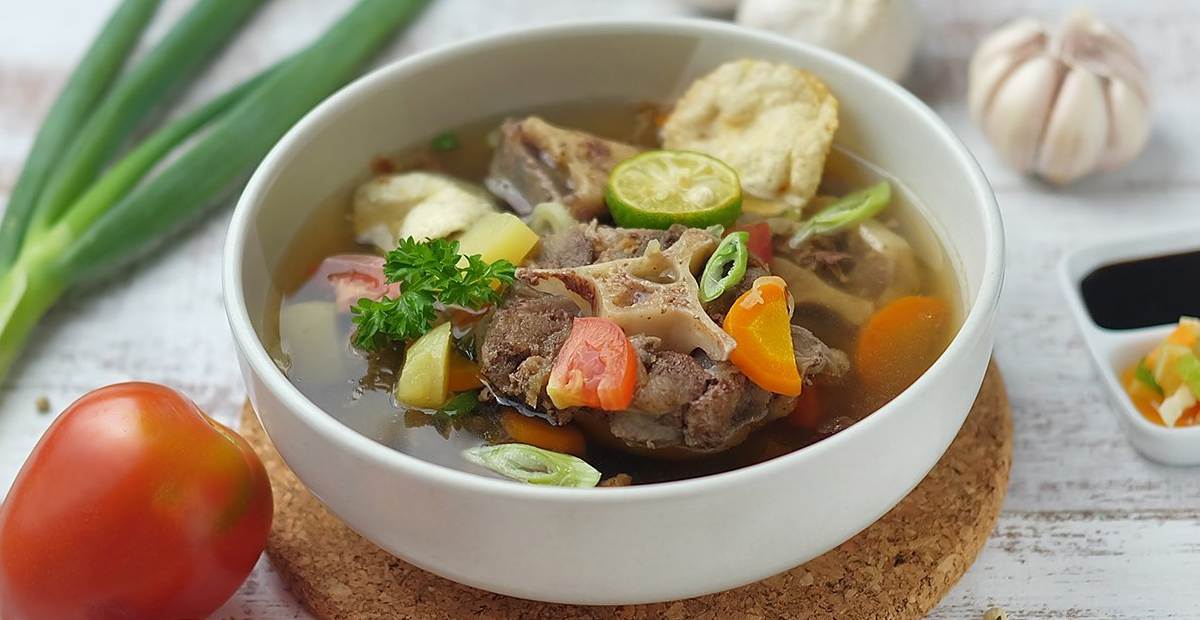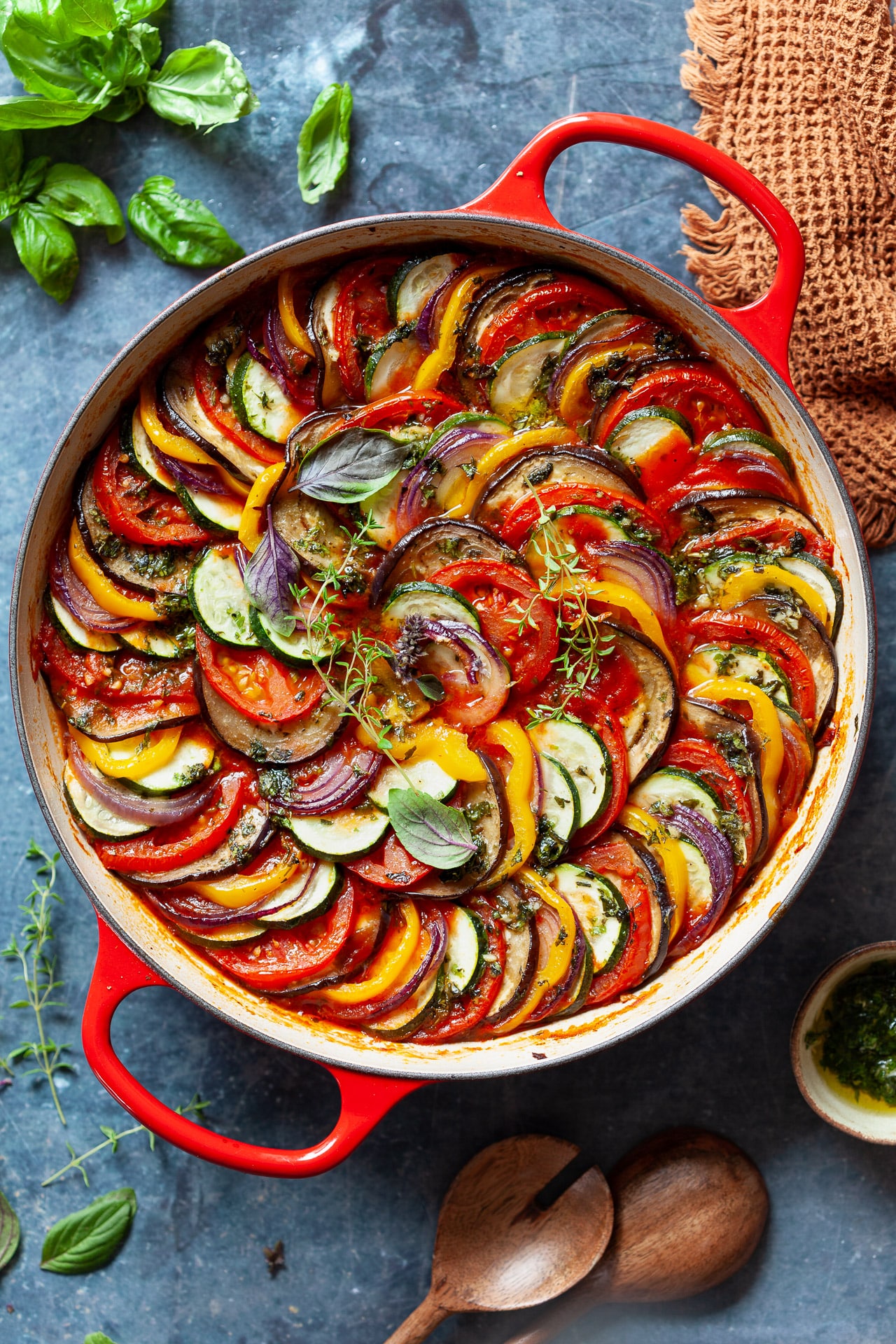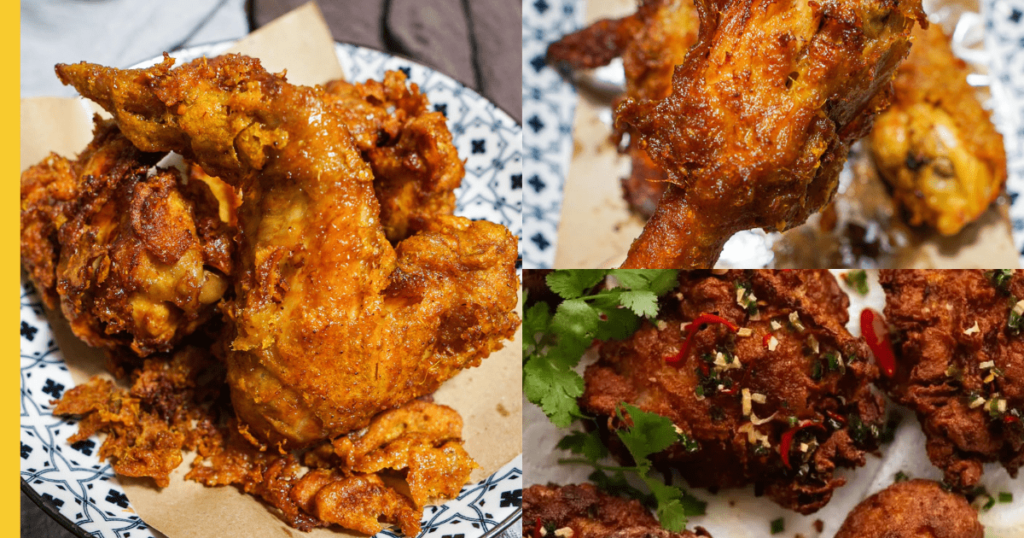A Journey Through the Delicious World of Sop Iga: Exploring Indonesia’s Beef Soup
Related Articles
- A Deep Dive Into The World Of Pempek: Indonesia’s Fish Cake Delights
- A Culinary Journey: Exploring The World Of Turkish Kebabs
- Fajitas: A Sizzling Celebration Of Mexican Flavor
- A Journey Through The Flavors Of Tikka Masala: From Origins To Your Plate
- The Story Of Banh Mi: A Culinary Journey Through Vietnam
Introduction
Discover everything you need to know about A Journey Through the Delicious World of Sop Iga: Exploring Indonesia’s Beef Soup
A Journey Through the Delicious World of Sop Iga: Exploring Indonesia’s Beef Soup

Sop Iga, a beloved Indonesian beef soup, embodies the country’s rich culinary tapestry, weaving together flavors from various regions and cultures. This hearty, soul-warming dish is a testament to the nation’s love for complex, aromatic broths and tender, flavorful meats. In this comprehensive guide, we’ll embark on a journey through the world of Sop Iga, exploring its history, dissecting its ingredients, mastering its preparation, and discovering ways to elevate its flavors.
Unraveling the History and Origins of Sop Iga
Sop Iga’s origins lie in the crossroads of Indonesian culinary influences, drawing inspiration from both indigenous cooking techniques and the diverse cultural exchanges that have shaped the nation’s cuisine.
The Roots in Indigenous Cuisine:
Indonesia’s indigenous cooking traditions have always celebrated soups and stews. Long before the arrival of foreign influences, local communities were adept at utilizing herbs, spices, and local ingredients to create flavorful broths. These early soups, often prepared with fresh vegetables, fish, and local meats, laid the foundation for the development of Sop Iga.
The Impact of Foreign Influences:
As trade routes flourished, Indonesia saw the arrival of foreign influences, including Chinese, Arab, and European culinary traditions. These exchanges brought new ingredients, cooking techniques, and culinary philosophies, enriching the country’s culinary landscape.
The Rise of Sop Iga:
The precise origins of Sop Iga are shrouded in the mists of time, but its evolution likely unfolded gradually, drawing upon these diverse culinary influences. The use of beef, a staple in many regions, likely came from Chinese influences, while the addition of aromatics like cloves and star anise reflects the influence of Arab and Indian trade.
The Cultural Significance of Sop Iga:

Sop Iga has transcended its status as a simple dish, becoming an integral part of Indonesian culture. It’s often served at family gatherings, celebrations, and even as a comforting meal during times of hardship. Its warmth and richness embody the spirit of Indonesian hospitality, fostering a sense of community and shared experience.
Decoding the Ingredients: A Symphony of Flavors
Sop Iga’s captivating flavor profile stems from a carefully curated selection of ingredients, each playing a distinct role in creating a harmonious culinary masterpiece.
The Star Ingredient: Beef Short Ribs
Beef short ribs, with their rich marbling and tender connective tissue, are the heart and soul of Sop Iga. They infuse the broth with a deep, savory flavor, becoming incredibly tender and succulent after a long, slow cooking process.
The Aromatic Base: Spices and Herbs
A blend of aromatic spices and herbs forms the foundation of Sop Iga’s distinct flavor profile.
- Clove: Adds a warm, slightly sweet, and pungent note.
- Star Anise: Contributes a licorice-like sweetness and a subtle, earthy aroma.
- Cinnamon: Provides a warm, woody, and slightly sweet flavor.
- Black Peppercorns: Adds a peppery kick and a subtle heat.
- Bay Leaf: Infuses the broth with a delicate, earthy aroma.
- Ginger: Offers a warming, pungent flavor and a subtle hint of spice.
- Garlic: Adds a pungent, savory flavor and depth to the broth.
- Shallot: Contributes a mild, onion-like flavor and aroma.

The Supporting Cast: Vegetables
A medley of vegetables adds a refreshing contrast to the richness of the beef and broth.
- Carrots: Contribute sweetness and a vibrant orange hue.
- Potatoes: Provide a creamy texture and a mild, earthy flavor.
- Tomatoes: Add a touch of acidity and a bright, red color.
- Green Beans: Offer a crisp texture and a fresh, vegetal flavor.
The Finishing Touches: Garnishes and Seasonings
Garnishes and seasonings elevate Sop Iga to new heights of culinary excellence.
- Spring Onions: Add a fresh, pungent flavor and a vibrant green hue.
- Cilantro: Provides a fresh, herbaceous flavor and a bright, green garnish.
- Lime: Adds a tangy, citrusy touch and a refreshing finish.
- Salt and Pepper: Season to taste, enhancing the overall flavor profile.
Master the Art of Cooking Sop Iga: A Step-by-Step Guide
Crafting a perfect bowl of Sop Iga requires patience, attention to detail, and a deep understanding of the cooking process. Here’s a step-by-step guide to help you create this culinary masterpiece:
1. Preparing the Beef Short Ribs:
- Rinse the beef short ribs thoroughly under cold water, removing any excess fat or connective tissue.
- Pat the ribs dry with paper towels.
- Season generously with salt and pepper.
- Brown the ribs on all sides in a large pot or Dutch oven over medium-high heat. This step enhances the flavor and creates a rich base for the broth.
2. Building the Aromatic Base:
- While the ribs are browning, prepare the aromatic base by finely chopping the ginger, garlic, shallots, and tomatoes.
- Add the chopped vegetables to the pot and cook for a few minutes, stirring occasionally, until softened and fragrant.
- Add the spices – cloves, star anise, cinnamon, black peppercorns, and bay leaf – to the pot and cook for another minute, allowing the spices to release their aromas.
3. Simmering the Broth:
- Pour in enough water to cover the ribs and vegetables, ensuring the liquid is about 1 inch above the ingredients.
- Bring the mixture to a boil, then reduce heat to low, cover the pot, and simmer for 2-3 hours, or until the beef is incredibly tender and falls off the bone.
- Skim off any foam that forms on the surface of the broth during the simmering process. This helps to create a clear, flavorful broth.
4. Adding the Vegetables:
- After 2 hours, add the carrots, potatoes, and green beans to the pot.
- Continue simmering for another 30 minutes, or until the vegetables are tender but still retain their shape.
5. Finishing Touches:
- Once the beef is tender and the vegetables are cooked, remove the ribs from the pot and set them aside.
- Use a slotted spoon to remove the spices and bay leaf from the broth.
- Shred the beef using two forks, discarding any large pieces of bone.
- Return the shredded beef to the pot, along with the cooked vegetables.
- Stir gently to combine the ingredients.
6. Serving and Enjoying Sop Iga:
- Ladle the hot Sop Iga into bowls, ensuring each serving contains a generous amount of beef, vegetables, and broth.
- Garnish each bowl with chopped spring onions, cilantro, and a squeeze of lime juice.
- Serve immediately with a side of steamed rice, if desired.
Enhancing the Flavor Profile: Tips and Variations
Sop Iga’s versatility allows for endless possibilities in terms of flavor variations and culinary creativity. Here are some tips and ideas to elevate your Sop Iga game:
1. Elevating the Broth:
- Adding a Touch of Sweetness: A splash of palm sugar or brown sugar can balance the savory notes and add a subtle sweetness to the broth.
- Using Beef Bone Broth: Substituting regular water with homemade beef bone broth adds an extra layer of depth and richness to the soup.
- Adding a Dash of Fish Sauce: A small amount of fish sauce can enhance the umami flavor of the broth, adding a savory complexity.
2. Experimenting with Spices:
- Adding Star Anise: For a more pronounced licorice flavor, increase the amount of star anise used.
- Using a Different Spice Blend: Explore alternative spice blends, such as a combination of cardamom, cumin, and coriander, to create a unique flavor profile.
- Infusing the Broth with Lemongrass: A stalk of lemongrass, bruised and added during the simmering process, imparts a refreshing, citrusy aroma to the broth.
3. Incorporating Different Ingredients:
- Adding Mushrooms: Shiitake mushrooms or button mushrooms add a savory, earthy flavor and a meaty texture to the soup.
- Including Tofu: For a vegetarian twist, add firm tofu cubes to the soup during the last 30 minutes of cooking.
- Using Other Cuts of Beef: Experiment with other cuts of beef, such as chuck roast or brisket, for a different flavor and texture.
4. Exploring Regional Variations:
- Sop Iga Surabaya: This version often features a thicker broth and a generous amount of chili peppers for a spicy kick.
- Sop Iga Padang: This variation typically includes a blend of spices unique to Padang cuisine, such as turmeric, galangal, and lemongrass, creating a distinct flavor profile.
5. Serving Sop Iga with Accompaniments:
- Sambal: A spicy chili sauce adds a fiery kick to the soup.
- Kecap Manis: Sweet soy sauce adds a savory sweetness and a rich color to the soup.
- Lime Wedges: Serve with lime wedges to add a tangy, refreshing touch.
- Fried Shallots: A sprinkle of fried shallots adds a crunchy texture and a savory aroma.
Conclusion: A Culinary Journey of Flavors and Tradition
Sop Iga is more than just a soup; it’s a culinary journey through Indonesia’s rich culinary history, a celebration of its diverse flavors, and a testament to its enduring cultural heritage. Whether you’re a seasoned cook or a culinary novice, mastering the art of preparing this beloved dish opens the door to a world of delicious possibilities. From exploring its diverse ingredients to experimenting with flavor variations, the journey of creating Sop Iga is an adventure in itself, offering a taste of Indonesia’s vibrant culinary soul.
Further Exploration:
- Indonesian Cooking Classes: Enroll in a cooking class to learn the art of preparing Sop Iga from experienced chefs and immerse yourself in Indonesian culinary traditions.
- Indonesian Food Blogs and Websites: Explore online resources dedicated to Indonesian cuisine, uncovering recipes, tips, and cultural insights.
- Traveling to Indonesia: Experience the true essence of Sop Iga by visiting Indonesia and sampling this dish in its native environment.
Enjoy the journey, savor the flavors, and embrace the warmth of Sop Iga, a culinary masterpiece that reflects the heart and soul of Indonesia.
Closure
Thank you for reading! Stay with us for more insights on A Journey Through the Delicious World of Sop Iga: Exploring Indonesia’s Beef Soup.
Make sure to follow us for more exciting news and reviews.
Feel free to share your experience with A Journey Through the Delicious World of Sop Iga: Exploring Indonesia’s Beef Soup in the comment section.
Keep visiting our website for the latest trends and reviews.





